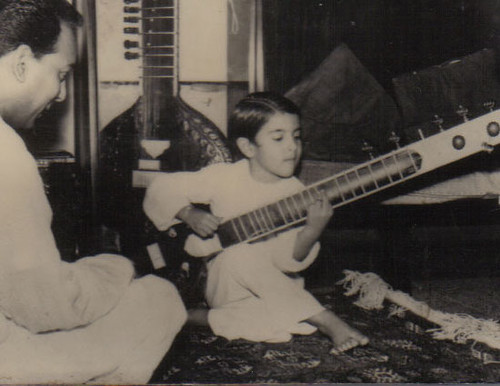
What is the difference between a folk song and an art song?
Songs are natural and instinctive means of self-expression of human beings. A song combines two musical elements of universal appeal – melody and the human voice. Hence, a song can be defined as a short vocal composition that can be performed with or without accompaniment.
Folk Songs
Folk songs had it roots in the cultures of the country folk. It is futile to trace the original composers of folk songs for these have been handed down orally from generation to generation.
Every race has its own folk songs. Different races ten to develop different song idioms – the use of particular scales, melodic intervals, etc. The song idioms commonly express racial characteristics in a definite way. Therefore, when we hear a folk song, we can often guess by its style from what country it comes from.
Folk songs are characterized by their deep emotion, freshness, and spontaneity. It is really refreshing to hear folk songs in their natural rural setting.
Art Songs
An art song is a song consciously written by a composer who blended the poem and music as an artistic whole. The vocal melody is presented with an instrumental accompaniment that gives it harmonic background and support. The accompaniments of many art songs are important as they are not merely a decorative support to the songs, but an integral and equal part of them. The inner meaning and emotion of the poetic text is expressed by voice and instrument in an unsurpassed unity. On the whole, a successful art song requires the pleasing combination of verse, melody, and accompaniment.





















